When understanding our feline friends, one curious feature of male cats often raises questions – what exactly are those chubby cheeks, or ‘tomcat jowls’? Unbeknownst to many, tomcat jowls are a key part of a male cat’s anatomy and serve intriguing purposes.
In this blog post, we’ll unfold the mystery behind these plump features – why they form in cats, how they change with neutering and whether you can do anything about them.
What Are Tomcat Jowls?
Tomcat jowls are round, chunky, fleshy areas that appear on the sides of the face in unneutered male cats.
Definition of Tomcat Jowls
Tomcat jowls are a distinct physical appearance that you’ll notice in unneutered male cats. They’re round and fleshy on either side of the cat’s face, giving it a distinguished look.
The term “tomcat jowls” may sound humorous, but there’s some science behind their existence. They happen due to hormonal effects causing excess skin to sag down from the jawline – often leading to an appearance similar to double chins in humans.
Interestingly enough, despite this trait being more prevalent among males, even female cats can sport jowls – albeit less prominently so.
Physical Characteristics of Tomcat Jowls
These chunky, fleshy areas, commonly known as stud jowls or shields, appear on either side of the cat’s face, adding to their distinct facial characteristics.
Loose and saggy in structure, this excess skin often droops from the jawline, giving your tomcat what looks like a double chin. Their swollen or puffy appearance is due to hormonal triggers prevalent in unneutered male cats.
Development of Tomcat Jowls
Tomcat jowls typically start developing around the age of 12 to 18 months.

At What Age Do Tomcats Get Jowls?
Jowls in tomcats make their first appearance when the cat reaches sexual maturity. This significant physical transformation typically begins at around six months of age, depending on the cat’s individual genetics and overall health condition.
Jowls continue to develop as your tomcat grows older, usually becoming more noticeable within the first few years of life for cats that are not neutered.
The breed also plays a role, with purebred tomcats being particularly prone to jewel development due to specific genetic traits.
Factors That Contribute to Jowl Development
Factors | Contribute |
Facial fat | Fat accumulation in the cheeks and jowls can contribute to their development. |
Testosterone levels | Higher testosterone levels in male cats trigger the growth of jowls. |
Sexual maturity | Jowls typically develop when male cats reach sexual maturity, usually around twelve months. |
Hormonal changes | Changes in hormone levels during sexual maturity can lead to the development of tomcat jowls. |
Cat genetics | Some cat breeds are more prone to developing jowls due to their genetic makeup. |
Lifestyle factors | Being overweight or obese can increase the likelihood of jowl development in male cats |
Obesity | Excess body weight can cause fatty deposits in the cheeks and jowls. |
Cheek size | The size and shape of a cat's cheekbones can affect the appearance and development of jowls |
Secondary sex characteristics | Tomcat jowls are secondary sexual characteristics that develop in male cats |
Neutered Vs. Unneutered Male Cat Jowls
Neutering reduces jowl development in male cats, while unneutered males often have swollen cheeks.
Differences in Jowl Development Between Neutered and Unneutered Male Cats
Differences in jowl development between neutered and unneutered male cats are primarily due to the presence or absence of testosterone, which influences physical characteristics such as jowl size.
While neutered and unneutered male cats can develop jowls, there are notable differences in size, appearance, and development time.
Here’s an overview:
Aspect | Neutered Male Cats | Unneutered Male Cats |
Jowl Size | Neutered male cats generally have smaller jowls (Fact 3). | Unneutered male cats typically have larger, more pronounced jowls (Fact 1). |
Jowl Development Time | Neutering may delay or reduce the development of jowls. | Jowls develop as the tomcat reaches sexual maturity (Fact 2). |
Appearance | The jowls are less prominent, contributing to a leaner facial appearance. | Jowls contribute to a chunky, robust facial appearance, often recognized as stud cheeks (Fact 2). |
Testosterone Influence | Lower levels of testosterone due to neutering influence the smaller size of jowls (Fact 4). | Higher testosterone levels lead to more prominent jowl development (Fact 4). |
Behavioral Influence | Less aggressive behavior may contribute to reduced jowl development (Fact 6). | Increased aggression and territorial behavior may enhance jowl development (Fact 7). |
Effects of Neutering on Jowls
Neutering can significantly impact the size and development of jowls in male cats. It has been observed that after being neutered, male cats may experience a decrease in the size of their jowls.
This is because neutering removes the source of testosterone production, which plays a role in the thickening and development of jowls.
Additionally, neutered males are less likely to develop certain health issues associated with large jowls, such as feline obesity and hormonal changes.
Do Tomcat Jowls Go Away?
Tomcat jowls are not likely to disappear naturally over time. Neutering a male cat can decrease the size of jowls as testosterone levels drop, but they may remain visible.
Cats may also have loose skin on their necks after neutering, which can contribute to the appearance of jowls.
While some cats may experience a reduction in jowl size with age, it is not guaranteed that they will completely go away without any intervention or management.
Frequently Asked Questions
Conclusion
In conclusion, tomcat jowls are a unique and visually distinct feature of unneutered male cats. These round, fleshy areas on the sides of their faces serve as fat storage and are considered a secondary sexual characteristic.
Neutering can help reduce jowl development, but cat owners must understand and recognize these jowls as part of their male cat’s natural anatomy.
Recommended Reading

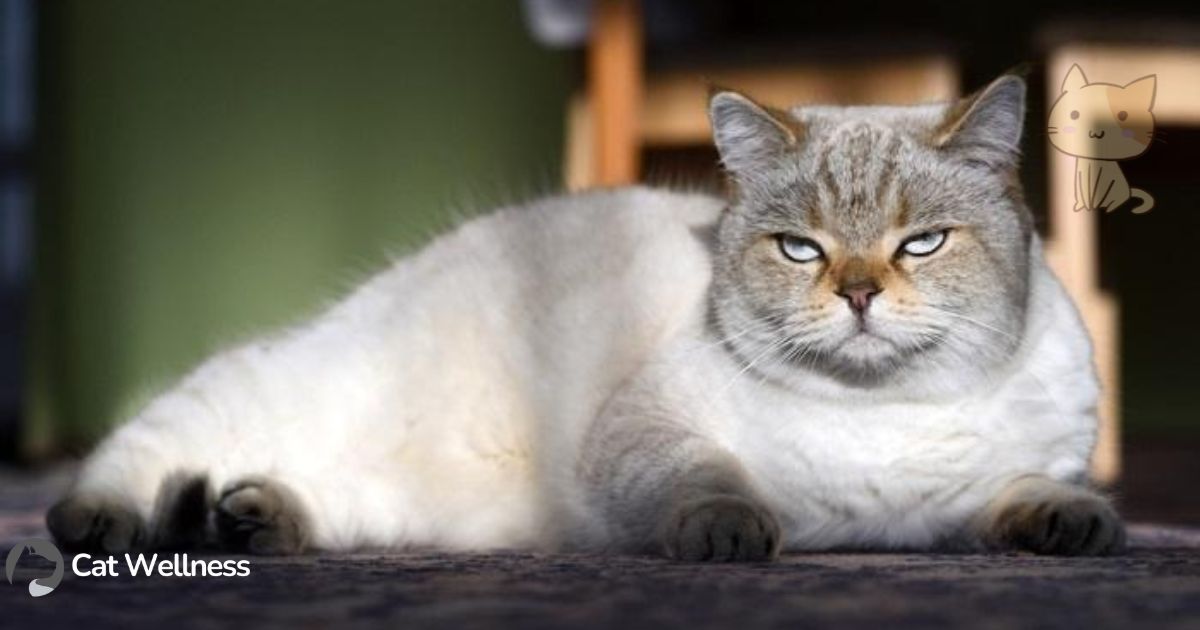

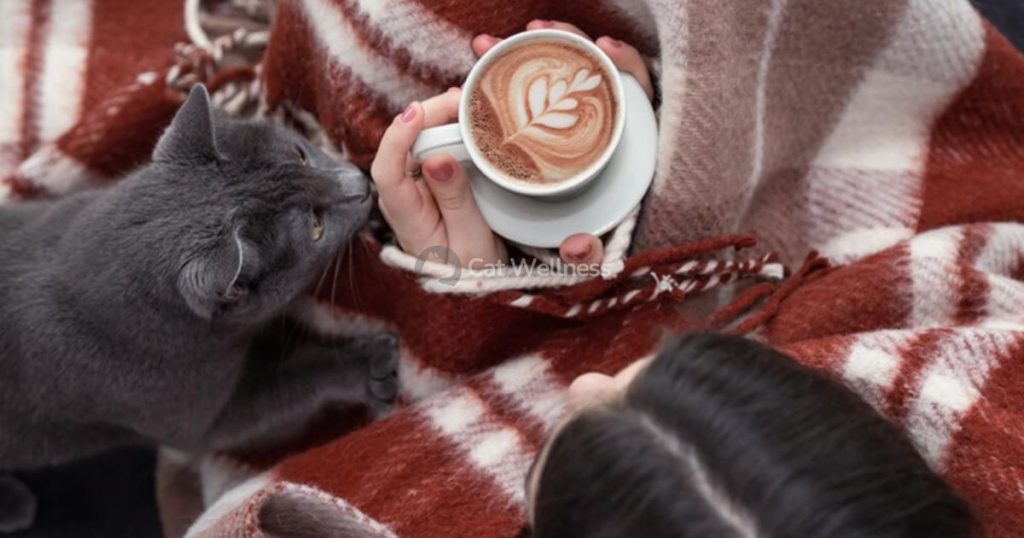



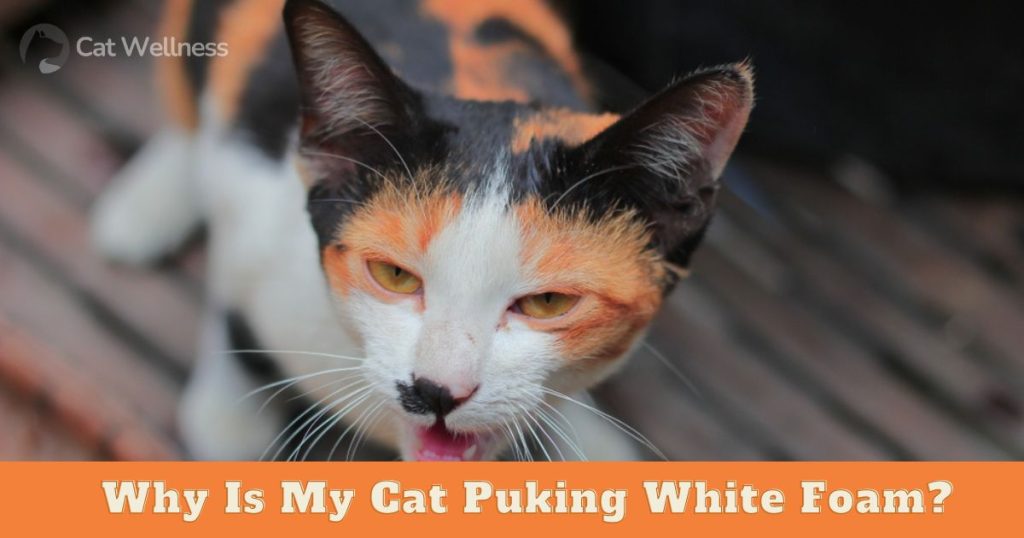

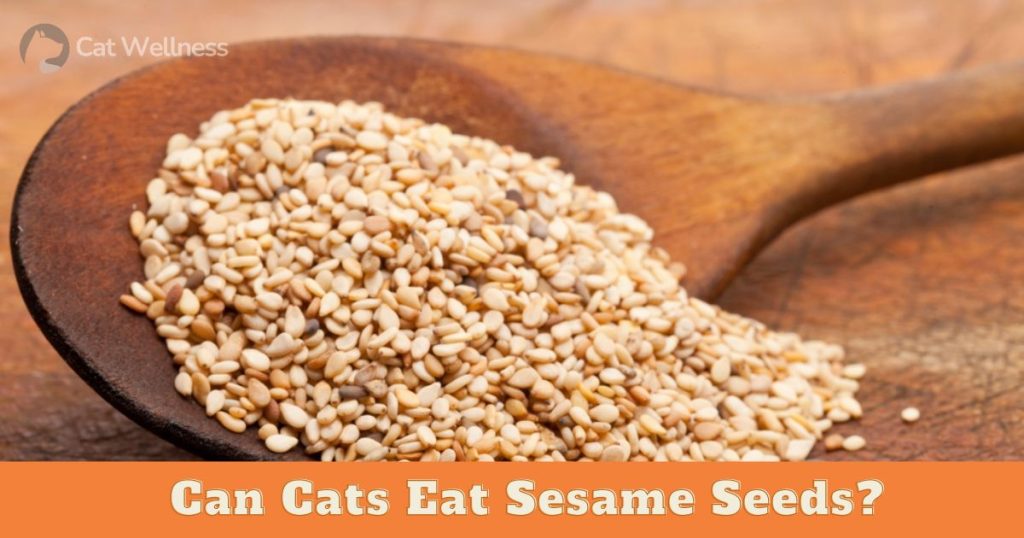



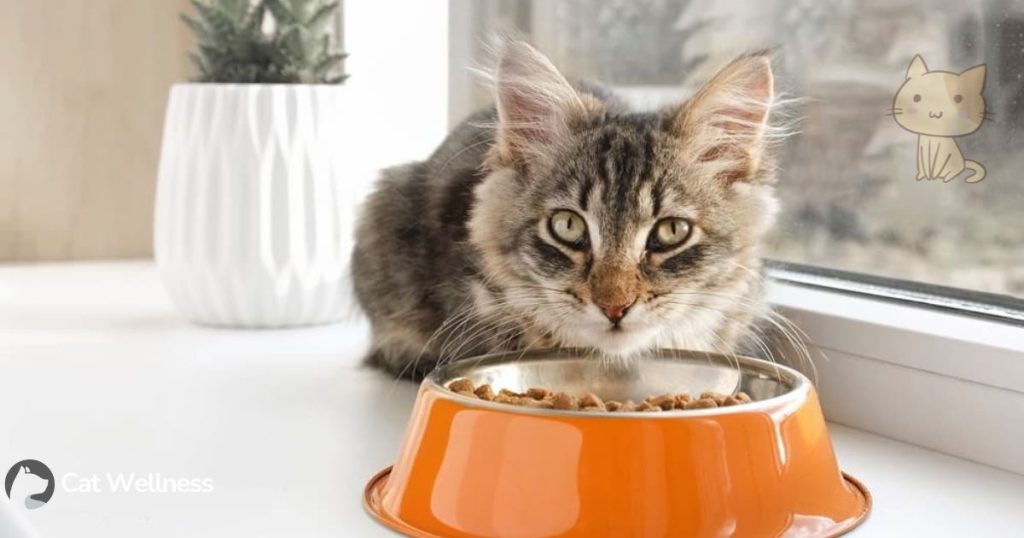



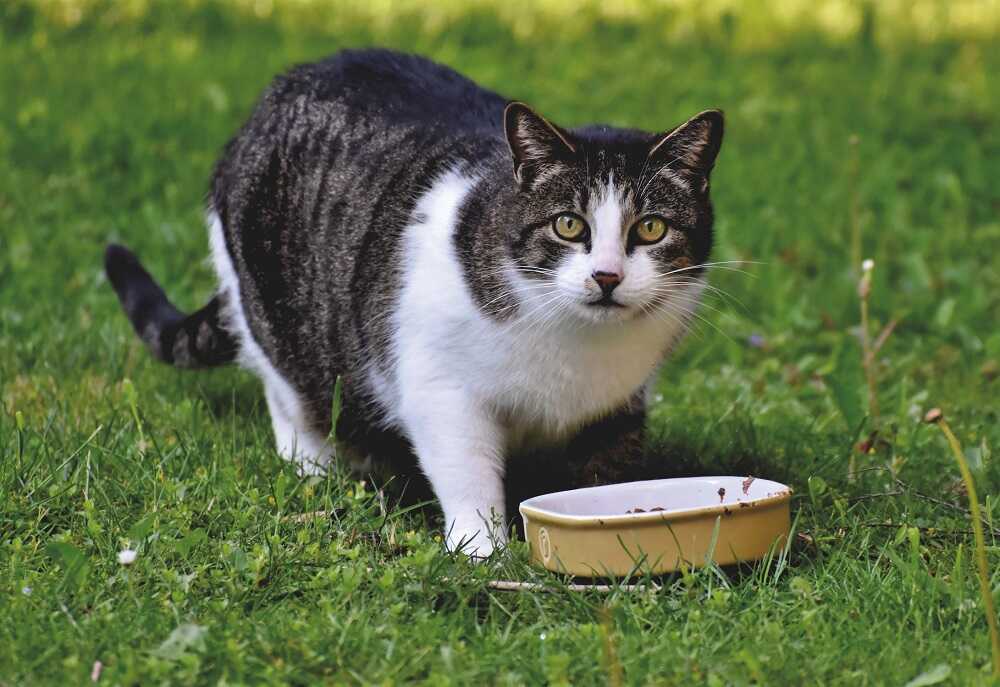
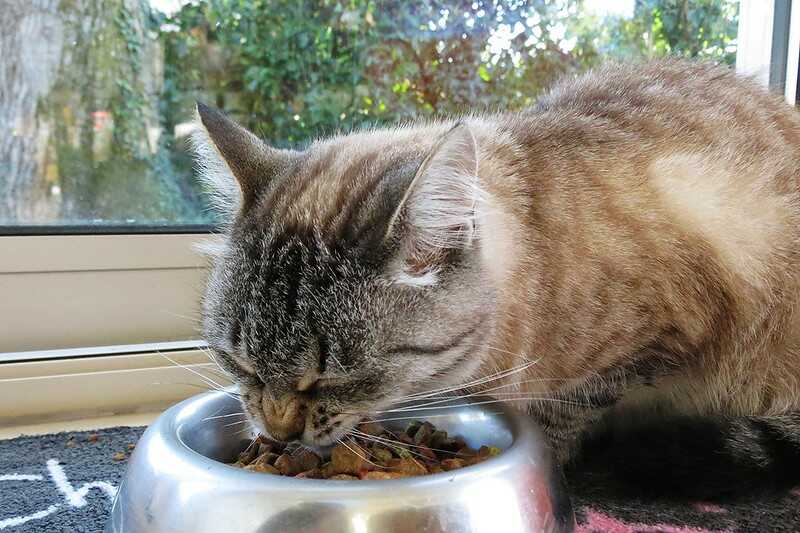
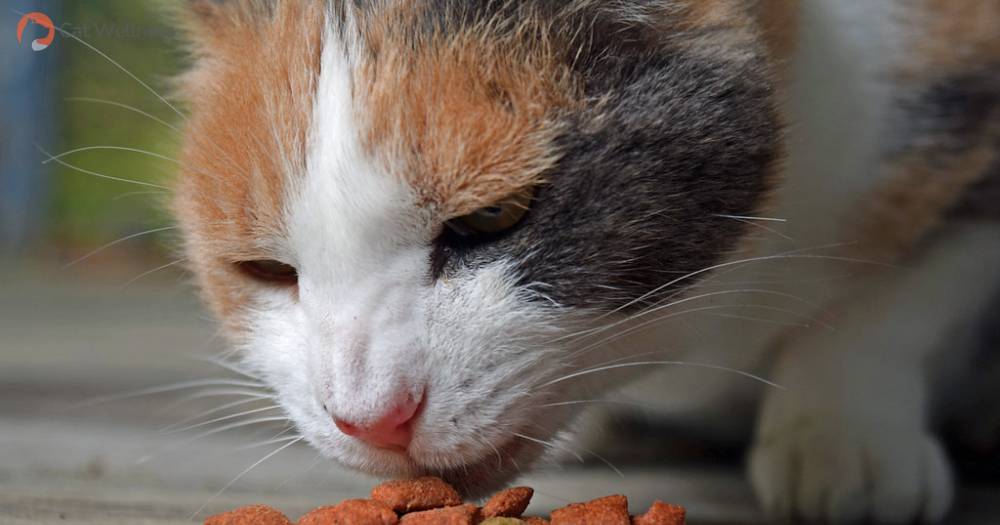
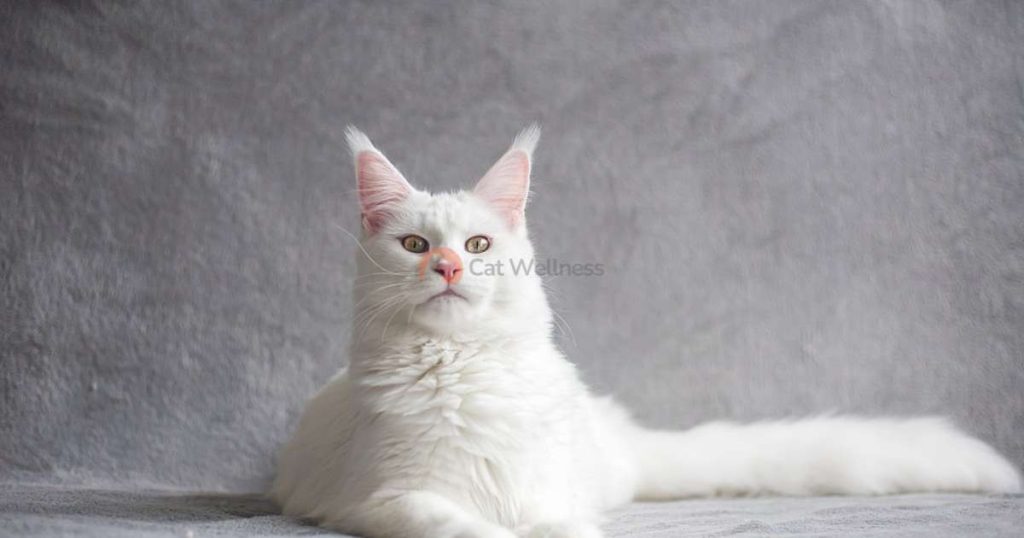







What’s up, all the time i used to check blog posts here early in the break of day, because i love to gain knowledge of more and more.
Hello,
Thank you for visiting Catwellness.net
Lately I’ve been busy with some personal matters so I haven’t had much time to blog. I will try to publish more.
Best Regards,
Robert
Deference to author , some superb information .